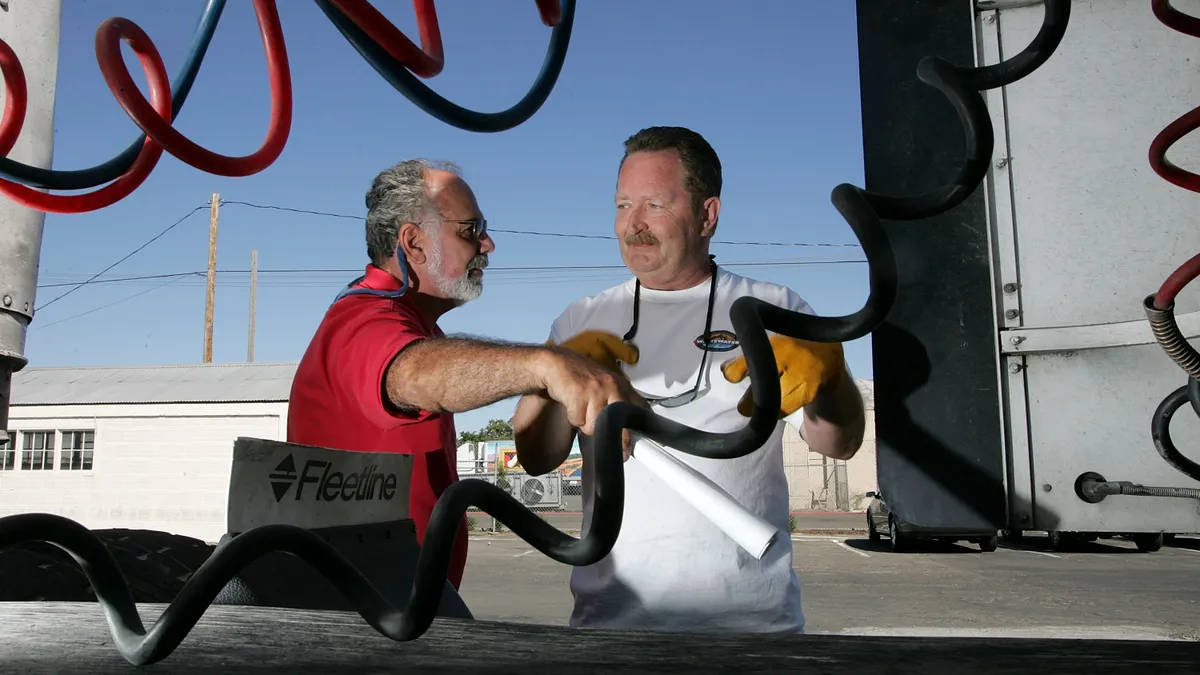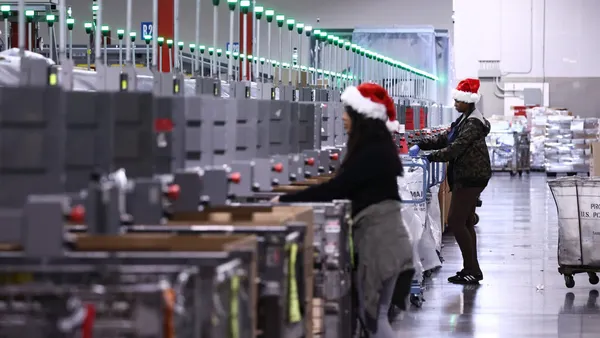Dive Brief:
- Today is Earth Day, so what better time to consider how employers might help slow climate change? For one thing, the average U.S. worker commutes 18.8 miles to work and back and 86% of commuters drive to work (76.6% go it alone). Switching to full-time telecommuting would cut each person’s work-related carbon footprint by 98%.
- According to FlexJobs, telecommuting options benefit both company’s bottom line and represent a "sincere long-term commitment" to protect the environment.
- In addition, remote workforces reduce congestion, lower fuel consumption, minimizie construction, curtail pollution emissions, reduce the strain on transportation systems and improve air quality. Plus, the often make employees happy and actually drive higher engagement, according to FlexJobs.
Dive Insight:
Sara Sutton Fell, founder and CEO of FlexJobs, says that with limited access to public transportation and the rise of "supercommuting", employers need to do more to promote the environmental benefits of working from home. The obvious carbon reduction benefits make obvious the need for remote collaboration tools like web and video conferencing, she adds.
FlexJobs works with both Xerox and Dell, which are prime examples of employers who are successfully using remote work to cut their carbon footprint.
Dell launched a 2015 study of its workforce, looking for a more "granular" understanding of employee commute patterns and the sustainability-related effects of its remote work initiatives. Today, the average Dell U.S. employee works remotely 9.7 times per month, which saves 75 gallons of gas per person. Collectively through remote work Dell employee saved over $1,000,000 in fuel costs and avoided over 35,000 metric tons of CO2 per year.
For its part, Xerox estimates that its growing remote workforce in 2015 avoided more than 43,000 metric tons of carbon dioxide emissions, the equivalent to the energy used by nearly 4,000 homes annually. Approximately 8,600 U.S. employees form the Xerox Virtual Office program, comprising 11% of its U.S. domestic workforce. Remote employees at Xerox avoided driving an estimated 99 million miles and saved 4.9 million gallons of fuel.
Companies can calculate the environmental savings of its telecommuting workforce by using the Global Workplace Analytics Calculator.










